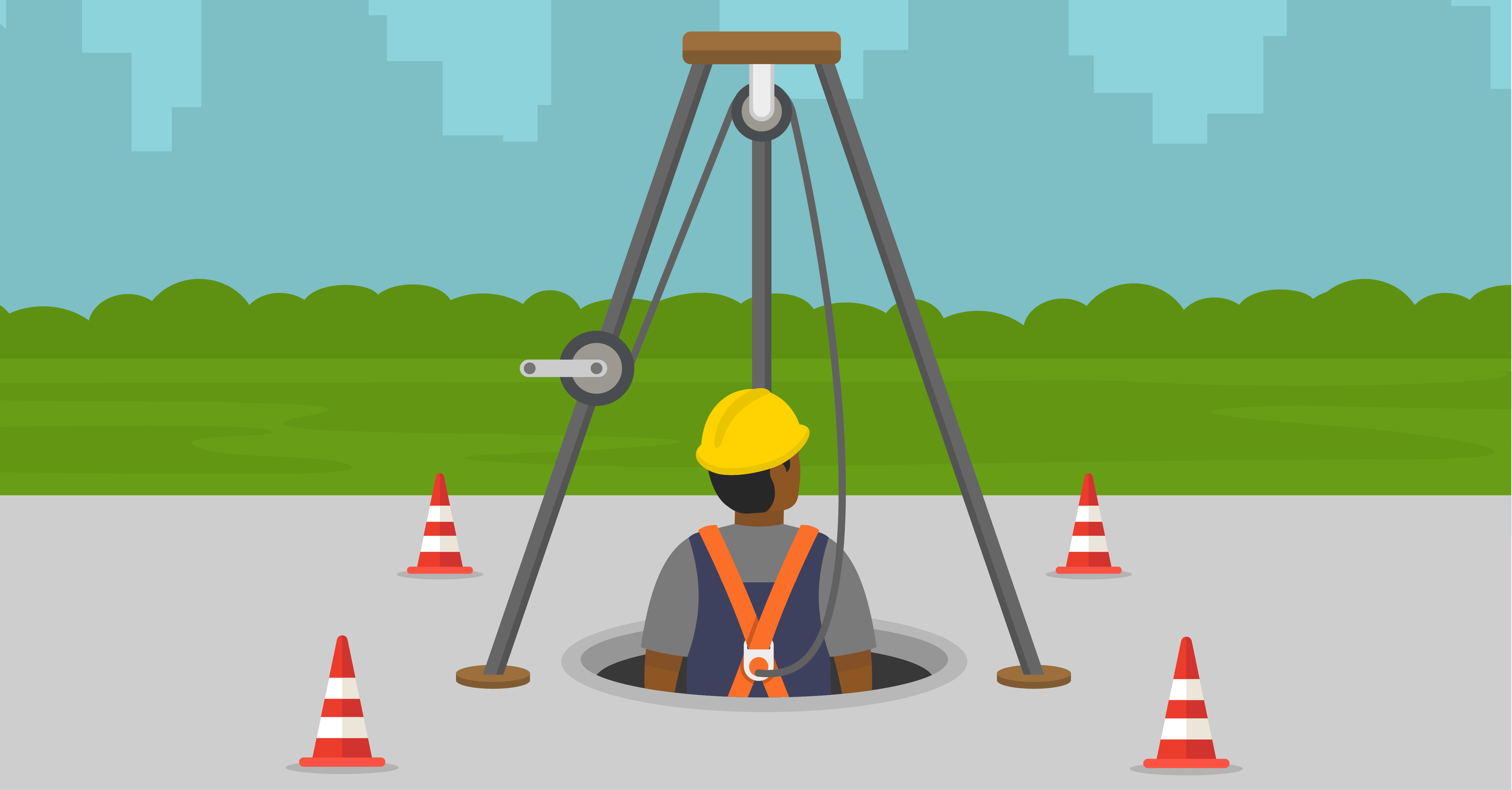More Work and More Tech Needed to Take EHS to the Next Level of Success
April 6, 2022

The future of environment, health and safety will see the need for more technology adoption by organizations as EHS professionals take on much greater workloads and a role in total worker wellness largely due to the outfall of COVID-19.
These were among the key observations and topics of discussion during the first day of the Verdantix virtual summit on Innovating for Sustainable Operations that focused on EHS and operations.
Next Level for EHS
During a session titled, Taking EHS to the Next Level of Success, presenters considered how the responsibilities and workloads of EHS professionals have been impacted as hybrid and remote working becomes more popular.
Verdantix CEO David Metcalfe said the COVID-19 pandemic placed EHS in the spotlight and has tasked professionals to do more than ever in managing risks within and outside of traditional workspace confines.
“The only way to do more with less or the same is through digitization,” he said, explaining greater investments in technology will be required by many organizations to help EHS professionals save time and help companies become more predictive of and responsive to incidents.
Jesse Cerutti, the EHS solution leader at pharmaceutical company Phizer Inc., said his company is currently looking to make life easier for its EHS professionals in the next two years through systems consolidation that will bring greater efficiency and insights, and by “trying to bring as much core EHS digital capabilities into our teams to support all our professionals.
“The goal is to reduce risk and increase safety,” he said. “We think we will gain through the consolidation of data.” Instead of being reactive on traditional analytics and reporting, Cerutti says “we can start moving the needle and be more predictive” by using data to predict incidents before they happen.
Marty Stern, global director at Colgate-Palmolive says his organization uses its data systems to predict when the next incidents might occur and leverages tools and analytics to identify potential hazardous situations then, “put in the right controls to prevent an adverse event.”
Discussion also centered on the relationship between EHS and emerging environmental, social and governance (ESG) criteria used by socially conscious business investors to screen and assess potential investments. ESG is emerging as a profitable set of practices and becoming much desired as an investment criterion.
If you go back 25 years, sustainability was driven as a grass roots effort by EHS, Stern said. “As we pushed it, we started to see operational savings” as a result of doing more to care for the environment, he added. Stern explained that his company now has more than 20 operational sites that are “zero waste to landfill” and, by 2025 all sites are expected to be that way. “When I look at EHS, they really have been the driver,” he said.
Total Worker Health
During a session titled, Adapting to the Total Worker Health Agenda Post-Pandemic, a different panel of speakers discussed the importance of prioritizing a hazard-free work environment for all workers and bringing together all aspects of work into integrated interventions that address worker safety, health and well-being.
Chris Sayers, a Verdantix research analyst set the stage, noting that his research revealed the pandemic accentuated the importance of worker wellbeing because of new stressors and challenges. He cited:
- The need to manage work and home life separation. People are working longer hours and there is greater fatigue, burnout and higher stress for workers, he said.
- A recent Verdantix survey of more than 300 decision makers that showed:
- COVID-19 has had a major long-term impact on EHS and that, due to the pandemic, EHS will assume greater responsibility for mental health and wellbeing in the workplace.
- 79 percent of survey respondents say they believe EHS functions will receive higher discretionary budgets. EHS organizations proved vital to ensure business continuity during COVID-19 and this spotlight placed on EHS was regarded by respondents as a major contributor to more funding.
- EHS professionals are expanding their role and the definition of health to include pandemic and illnesses management as well as mental health and wellbeing.
Sayers said total worker health encompasses physical and mental issues within and outside the workplace. These are not the sole responsibility of EHS, he said, explaining that the onus also falls on the entire organization, that senior leadership and managers have important parts to play and that organizations need to ensure ownership of specific total worker health issues is clearly defined.
Health issues are interconnected, Sayers said, explaining that a fatigued employee is “more likely to make a mistake that can result in a harmful incident.” He added that other potential risks associated with poor worker wellbeing include:
- Presenteeism, or the notion of reduced worker productivity due to mental health and fatigue factors. The result can be more mistakes made by workers and lower standards of work. He estimated presenteeism factors cost businesses in the United Kingdom £28 billion annually.
- Lost workdays, due to extended periods of absence for core wellbeing issues. Sayers estimated this accounts for 69 percent of lost workdays.
- Accidents, due to poor worker wellbeing, typically result in both the increased frequency and severity of workplace incidents. Highly fatigued workers are 70 percent more likely to be involved in workplace accidents, he said.
- Staff turnover costs rise because of onboarding and offboarding workers. Sayers says 20 percent of workers typically leave a job for mental health reasons.
Jill James, the chief safety officer for the Health and Safety Institute in Dallas, said she believes COVID-19 changed how businesses look at illness.
“Occupational illnesses have always been a part of work, but were often occupational or industry specific,” she said. Dealing with COVID-19 in the workplace resulted in many more incidents of worker wellness challenges. However, for EHS professionals, COVID-19 and an increased focus on total worker health “got us places at tables where we didn’t have a place in the past…it got the profession out of stereotypical silos,” James said. “We were needed like we were never needed before.”
Today’s EHS professionals are developing better skills to deal mental health, recognize the need for greater resiliency and the ability to have hard conversations, and are improving their team management skills, she said, adding, “we used to consider these soft skills and they are now vital skills.”
Scott Debow, a safety practice leader at human-resource consultants Randstad in the United States, said he believes the total worker health agenda helped business leaders recognize that more was needed. Efforts have been spurred to form alliances, both within and across large organizations and even with competitors who likewise are trying to figure out “shared protocols and frameworks for solving the same problems at the same time.”
Matthew Berkheiser, the associate vice-president of EHS at MD Anderson Cancer Center at the University of Texas, said he believes that COVID-19 has permanently changed ideas about working from home and coming to the workplace. Many organizations will now need to provide health and safety recommendations for working from home and assess what safety precautions will be needed when workers return to the office.





